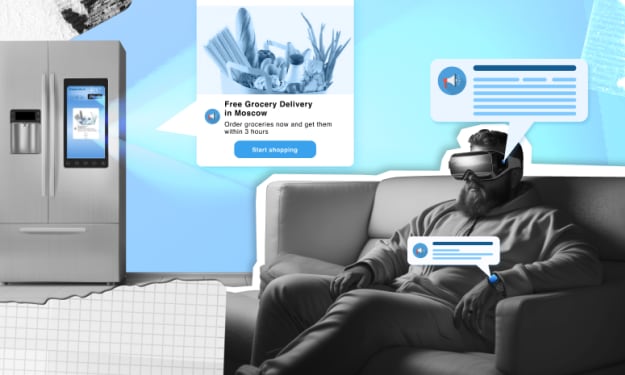8 Technology Tools for Your Medical Office
Technology outreach continues to grow, transforming all industries as it evolves.

Technology outreach continues to grow, transforming all industries as it evolves. For example, technology has been critical in almost all processes in healthcare. It has changed nearly every process, including self-care tools, lab tests, and data monitoring. Tablets and smartphones are now replacing conventional health recording and monitoring tools. Technology has given patients an option to undergo a private consultation at the comfort of their homes. Also, tech innovations have taken healthcare services out of the confines of a medical facility and integrated them with accessible and user-friendly devices and apps. Here are some of the tech advancements that have transformed the healthcare sector.
Telehealth
Telemedicine has increased access to healthcare in rural areas where resources are scarce. Research has shown that patients in a medical facility or a place equipped with telemedicine technology are discharged much earlier and quickly than patients in a regular care unit. Their mortality rate is also lower than patients in a standard care unit. Telehealth is a relatively new development in the healthcare sector, but its possibility scope continues to expand. Its cost-benefit can’t be overlooked.
Mobile Health
Mobile health continues to replace wired devices, enabling physicians to check on their patients on the move. Recent studies project mobile health technology to become more prevalent as time goes by. With tablets and smartphones, physicians can now freely access their patient’s data and send progress reports online. Healthcare providers are also using mobile health tools to document and access more information concerning their patients. However, mobile health isn’t solely about wireless connectivity. It has also made patients active in their treatment by improving communication between patients and healthcare providers.
Electronic Health Record
A few years ago, only a few hospitals in the United States had embraced electronic health records. However, recent research has revealed that nearly 80% of medical practices in the U.S. have incorporated EHR systems into their organization. Integrating health data into a single platform has made it easier for healthcare providers to access patient data. Electronic health record has already made significant stride in the health sector, but experts say it might be used as a population health and data tool down the road.
Portal Technology
Self-service kiosks are similar to portal technology in that they help medical practices expedite their registration process. With access to a hospital portal, patients can quickly fill up registration forms without walking to a medical facility. The technology can also help save on staffing. Portal technology can also help patients with checking identification, registration requirements, and signing paperwork. However, hospitals should be careful when integrating portal technology into their system to prevent the elimination of human-to-human communication.
Wearable Technology
More and more medical facilities continue to embrace the use of wearable medical devices. Sensors and wearable devices are reliable ways to collect patient data. Medical professionals use wearable devices and sensors to monitor skin pH levels and alert care providers when patients need assistance. Any medical device where a smart sensor is involved is part of wearable technology.
Real-Time Monitoring
Hospitals are using real-time locating services to instantly identify potential problems and focus on efficiency. With this tool, medical facilities can implement devices, instruments, and clinical staff tracking. With the help of these tools, it has become pretty easier for hospitals to gather data on departments that seemed difficult. Medical facilities can now use real-time locating services to highlight potential utilization and efficiency issues, creating room for last-minute changes.
Wireless Communication
Walkie-talkies and instant messaging have been around for a while now. However, recently, hospitals have integrated them into their systems, replacing overhead pagers and beepers. Medical facilities are looking for ways to catch up with the 21st century by improving staff communication. Instant messaging platforms enable care providers to share alerts and lab tests securely using web-based consoles and smartphones. Instant messaging apps can expedite internal communication in a medical facility while still storing received and sent data in a secure server.
Genome Sequencing
Tailored treatment plans continue to edge closer to the forefront of the medical field. Anticipating the onset of a medical issue can improve diagnostic accuracy and increase healthcare efficiency. Genome sequencing could help save billions of dollars spent on misdiagnosis, unnecessary costs, and adverse drug events.
The adoption of technology tools in the healthcare sector is on the rise. Hospitals should not wait until the next upgrade or the next tech version to pop up; otherwise, they might be missing out on a lot of opportunities.





Comments
There are no comments for this story
Be the first to respond and start the conversation.